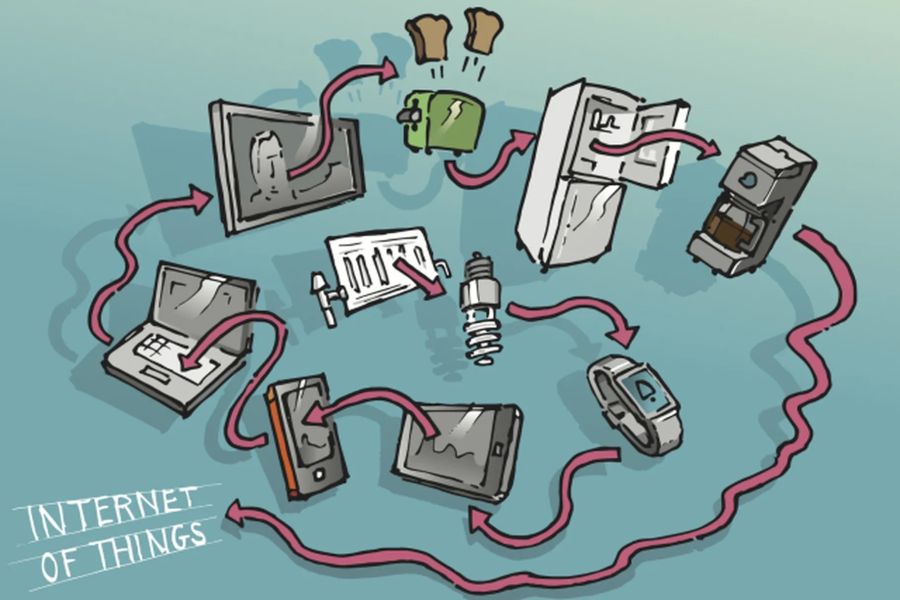
Smart doorbells, smart thermometers, smart refrigerators, smart toothbrushes – the number of everyday items with Internet connectivity has exploded. While these products can make life more convenient, it’s important that users are equally smart about safeguarding their data.
Smart devices belong to a category called the “Internet of Things” – or IoT – which refers to everyday items that are embedded with sensors and software that allows them to exchange data with other devices and systems over the internet. The goal of smart devices is to provide users with more intuitive, efficient experiences.
While it’s cool to control your air conditioner from your phone, it’s not as cool when your home appliances leak your personal information. One of the biggest challenges of IoT is data security and privacy. Smart devices generate and collect massive amounts of data, which can contain sensitive and personal information. This data can be vulnerable to cyberattacks, breaches, theft, or misuse by hackers, competitors, or third parties.
Here are some tips on how to stay one step ahead of your toaster:
Research before you buy: Review the security controls and privacy policy of the product and company before you buy. Lots of IoT products are cheap, don’t include robust security, and may sell your information without prior notice.
Customize security settings: Unencrypted IoT device traffic increases the risk of exposing sensitive info. Customize security settings, update your devices regularly, password protect your personal wireless network, and use strong passwords.
Set up a separate wi-fi network: Consider setting up a wi-fi network for your IoT devices that is separate from the one you use for laptops, tables, and phones, so that if one of your IoT devices gets compromised, it doesn’t put other systems at risk.
Be smart about passwords: Protect all accounts associated with your interconnected devices. Use long, strong, and unique passphrases saved in a password management system like LastPass. Enable multi-factor authentication if it’s available.
Read the product terms carefully: What’s the purpose of collecting data? Look for zero-knowledge-based solutions—is it only you who can see the data? Is the company’s growth based on the product or on the information and data behind it (including your information)?
Opt out of data sharing: Most devices give you the option to share data with the manufacturer. Just say no. If a device doesn’t give you this option—which your research should indicate—don’t buy it.
For more information read the full article on Forbes, or check out this blog post from the Cybersecurity & Infrastructure Security Agency on Securing the Internet of Things (IoT). You can also attend our Tech Tuesday on Tuesday, October 17 on IoT Device Safety.
October is National Cybersecurity Awareness Month, an annual collaborative effort between government and industry to ensure we have the resources you need to maintain your security online. Throughout October, we’ll be sending you tips on protecting your information and avoiding malicious attempts to extract your personal data. Visit this page for our 2023 tips.